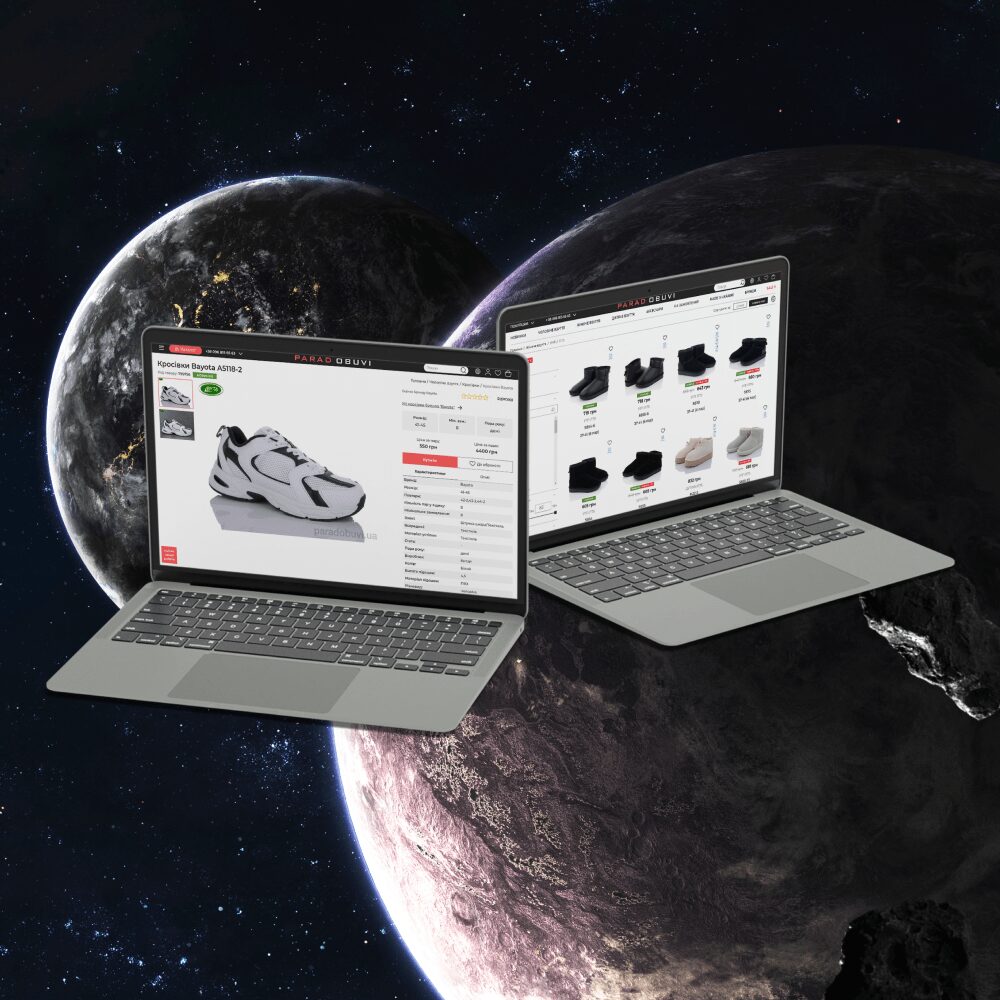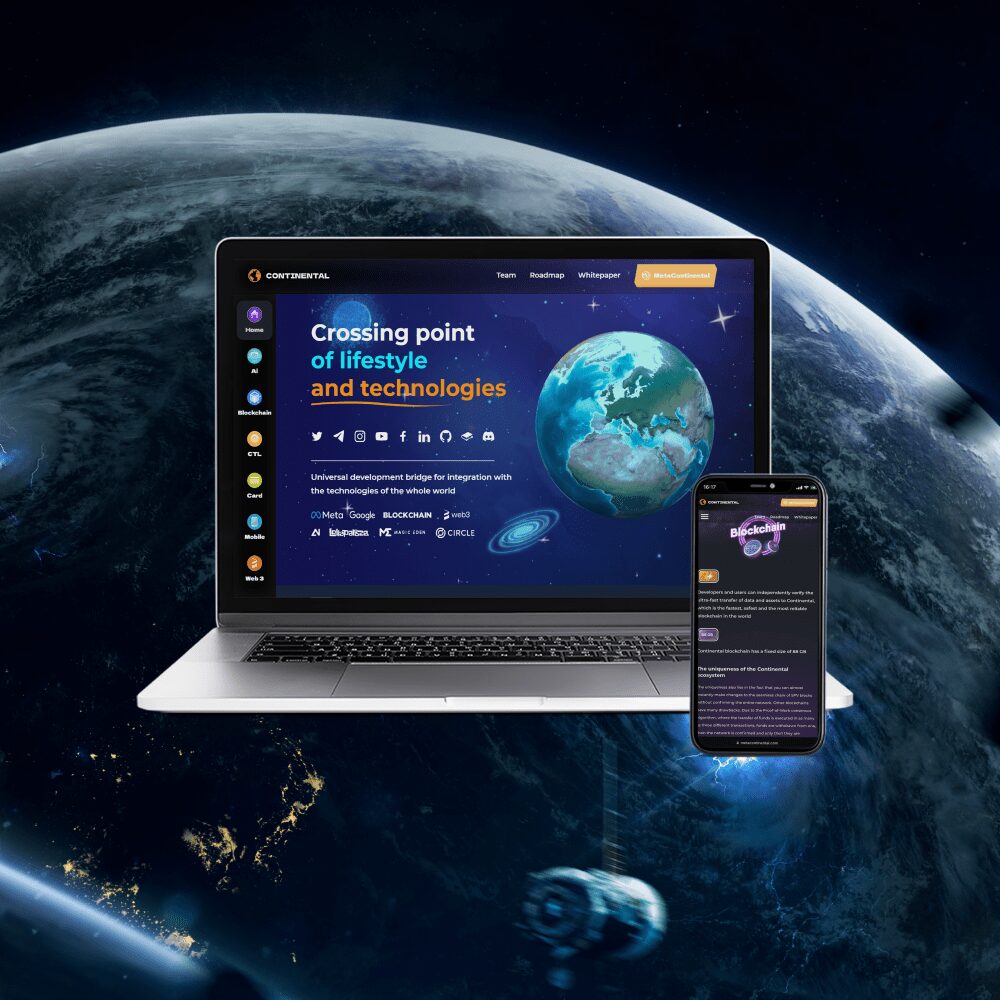Mobile applications for grain terminals
Automation of the grain terminal using a mobile application
Transport and logisticsAutomation of the grain terminal using a mobile application Transport and logistics
Working at a non-automated terminal, the staff has to do most of the work manually: searching for a free container and distributing products, conducting laboratory tests, controlling ventilation and temperature conditions in storage facilities. This is time consuming and sometimes leads to errors due to human error.
And in the grain business, the cost of a mistake can be too high.
To avoid this, it is worth implementing a terminal automation system, and if it is already in use, you can think about expanding it to cover most of the business processes.
What is automation for?
AdvantagesWhat is automation for? Advantages
By implementing a terminal automation system in your business, you will receive:
- reduction in energy consumption;
- increasing the level of safe operation of equipment;
- a unified grain route management system inside the elevator;
- the possibility of remote control over the acceptance and shipment of grain using all types of transport: road, river, sea and rail;
- automated monitoring of temperature and storage conditions, so that the risk of product spoilage will be reduced to zero.
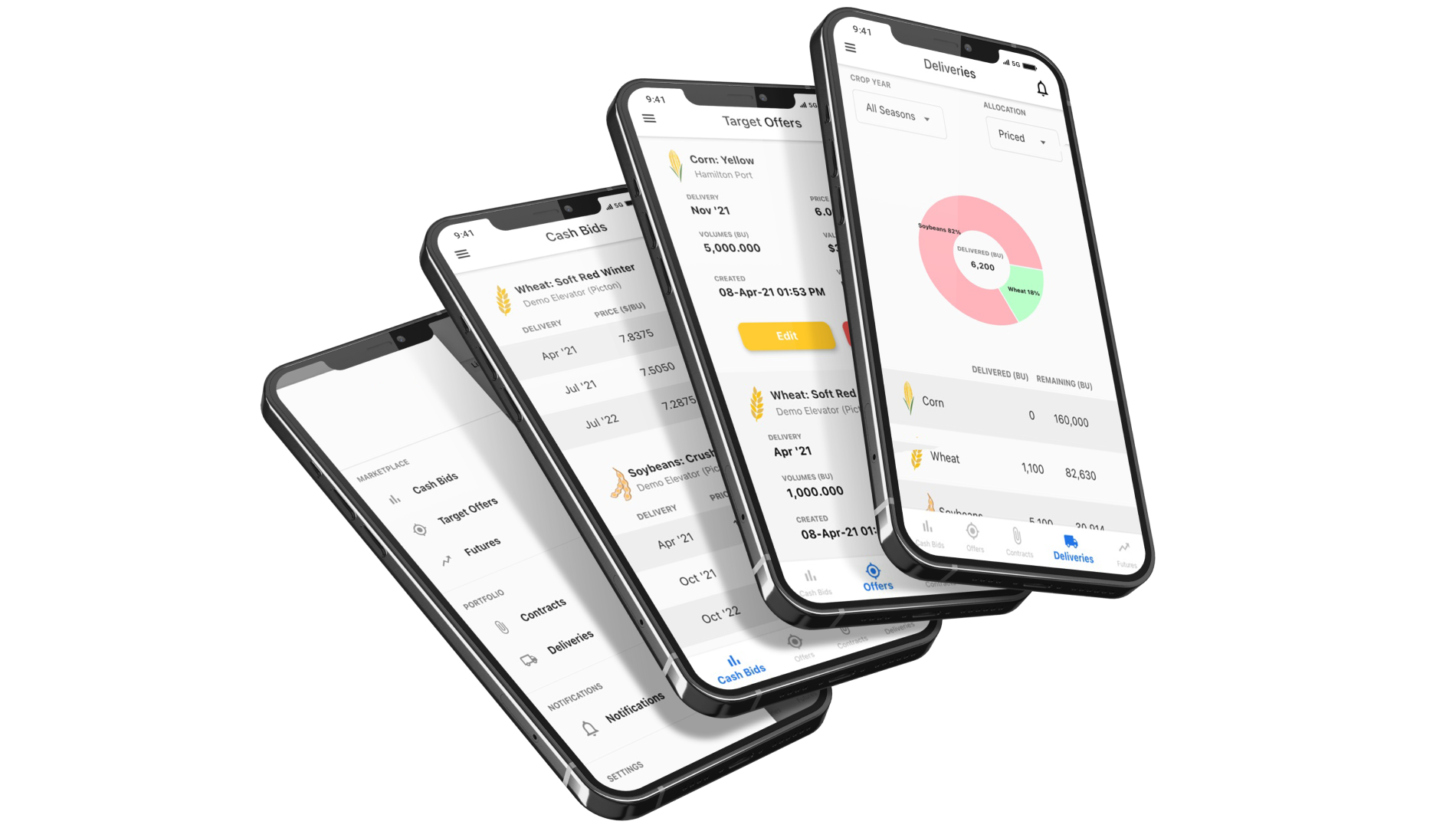
What tasks do automation systems solve
Opportunities and challengesWhat tasks do automation systems solve Opportunities and challenges
The main functions include:
- Reception control. Incoming storage products are automatically weighed, and their moisture level and quality are checked by automatic sampling.
- Inventory Management. The sensors installed in the storages monitor the level of their occupancy, after which the indicators are displayed on the operator’s screen in a convenient graphical or tabular format.
- Select storage for shipment. Using up-to-date data on the occupancy of the storage, the employee can select the tank where the arrived grain will be shipped in a few clicks.
- Product storage. It is enough for the operator to set the optimal grain storage conditions once: temperature, air humidity, ventilation frequency and other parameters. After that, the system will automatically observe them in the repository and provide reports.
- Temperature control. An increase in storage temperature may indicate that the product has begun to deteriorate. In case of deviations from the norm, the system will automatically send a notification to the staff for appropriate action.
- Equipment service. The grain terminal uses a lot of expensive equipment that needs regular maintenance. The intelligent system can keep track of deadlines and report upcoming maintenance.
When developing custom grain terminal automation systems, you can focus only on the main tasks, or go the other way – take your business to a whole new level, covering other, lesser-known, but very important functions. In the second case, large investments will be required, but they will quickly pay off by minimizing human labor and increasing the efficiency of the company.
Why you should choose a mobile application
Platform selectionWhy you should choose a mobile application Platform selection
Terminal automation systems can be developed for different platforms and operating systems, and each of them has its own advantages. For example, the desktop version is convenient to use at the workplace, the mobile application allows you to control processes all the time, wherever the employee is: in the laboratory, at the product unloading point and anywhere else, and the web interface is able to function on any device with an Internet connection .
All these software products can work in the company in parallel, thanks to the use of a single server and databases.
It’s like using multiple Apple devices when you can start editing a document on your iPhone and then continue on your macbook without any data loss or extra steps. Convenient, but due to budget constraints, you often have to choose.
In this case, the best option would be a mobile application. It has good performance and functionality, and its capabilities are not limited to the browser interface.

What technologies to choose for development
TechnologiesWhat technologies to choose for development Technologies
Native mobile applications for iOS are developed in Swift and Objective-C programming languages, and for Android – in Java or Kotlin. In addition, specialists can use cross-platform technologies, such as the Flutter framework and the Dart language.
The advantage of the latter is that they are able to work immediately on both operating systems without any modifications.
The implementation of the user part of the application can be carried out on the Vue JS or React JS frameworks. They guarantee a high responsiveness of the interface, as well as allow you to easily develop and improve the project in the future.
The final technology stack might look like this:
- For iOS – Swift/Objective-C/Flutter and Vue JS/React JS.
- For Android – Java/Kotlin/Flutter and Vue JS/React JS.
Also, the application for grain terminals can use artificial intelligence and machine learning technologies. They are able to quickly analyze large amounts of information, sensor indicators, identify patterns and offer the most effective solutions for optimizing business processes. In just a few hours, AI can do a job that would take a normal person years to complete.
How is the development process
Development stagesHow is the development process Development stages
When contacting an IT company, the Product owner often does not understand the technologies and development methodology. He only has an idea how to improve the business and a perfect understanding of the internal processes of his company. In order to develop a good product, it is very important for us to overcome this invisible barrier and build close communication with the client.
For this, development is carried out using SCRUM methods: tasks are distributed among team members and implemented in small sprints, and the result of each of them is presented to the customer. Thus, specialists can receive timely feedback and coordinate their actions so that their efforts exactly meet the requirements of the
project, and the client always knows what work is being done and can at any time influence the vector of product development.
Another benefit of this approach is that it allows for creative freedom. The fact is that at different stages of development, the client or specialists may have ideas to improve the product. In this case, they are discussed, and can be easily included in the project.
In addition to methodology, there is a product life cycle. These are the stages through which its development goes, starting from the moment the client contacts the company. Let us consider in more detail what work is performed on each of them.
Stage 1. Gathering information
To create an effective mobile application for automating a grain terminal, our specialists need to get better acquainted with the company’s business processes and carefully study the client’s ideas about the future product. To do this, a series of meetings is held with a representative of the customer, at which each issue is discussed in detail.
Stage 2. Design, documentation and technology selection
Based on the information received, the team needs to determine the project concept that will best meet the needs of the company.
For this, technical documentation and a prototype of the future application are being created, including:
- functional description;
- application interface mockups;
- development approach;
- technology stack;
- implementation plan.
The prototype will become the basis for the entire project. Therefore, before starting further development, it is important for specialists to coordinate their plans with the vision of the client. To do this, the final approval of the terms of reference is carried out, and if new ideas arise during the dialogue, they are quickly integrated into the mocap.

Stage 3. UI design development
The interface of a mobile application for grain terminals should be clear, simple and easy to use. This will help staff quickly migrate to new software and significantly reduce the time they need to complete their tasks.
To achieve an optimal result, the design is developed for each project individually, taking into account its functionality and application features.
Stage 4. Programming
Developers are building a new ecosystem that should take into account the existing business software and its plans for automation and development, described in the technical documentation.
This stage consists of two parts:
- Frontend development. This is the client side of the application, which provides a comfortable user interaction with the server. Front-end development is carried out in strict accordance with the approved design using static or reactive technologies.
- Backend development. The backend, or server part, is responsible for all the processes that take place “inside” the application: mathematical calculations, interaction with databases and embedded systems, and so on. At this stage, programmers use innovative technologies to create the most productive and secure software.
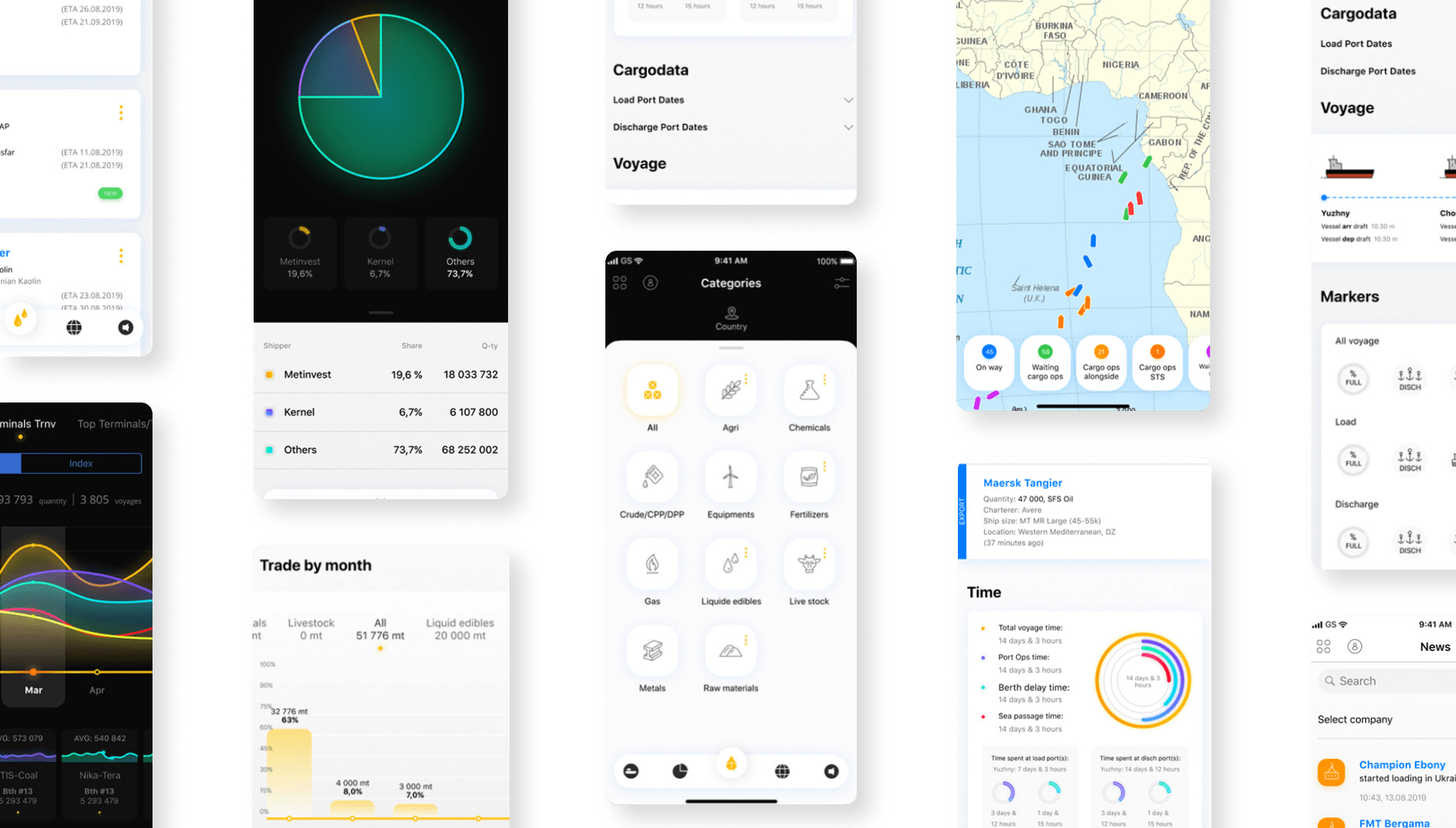
Stage 5. Testing
As practice shows, just developing an application is not enough to get a quality product. It is important to make sure that all its functions work correctly and interact correctly with each other. To do this, QA engineers participate in scram sprints, whose task is to check the quality of the project at each iteration.
After the development is completed, QA specialists also carry out final complex testing, which allows you to make sure that the application fully meets the requirements of the customer and is ready for release.
Stage 6. Technical support and development
Even with the most thorough testing, after a project is deployed, employees may encounter hidden bugs that were not previously discovered. To ensure that such problems do not affect the pace of business, they are eliminated as quickly as possible by developers as part of technical support.
Software development involves improving existing functionality or developing new ones. This may be required in different situations, for example, as a result of the expansion of the client’s business or when new ideas for process optimization arise. In this case, the production cycle is repeated: specialists study new customer requirements, finalize the mockup, design and implement new functions. Further, after testing on the working server, the changes are installed into the existing project in the format of an additional patch.
Development of a mobile application for grain terminals in AVADA MEDIA
Development of a mobile application for grain terminals in AVADA MEDIA
An intelligent system for a grain terminal will help your company automate most of the processes and eliminate the possibility of product spoilage in storage. With its help, your business will reach a completely new technological level, which will also positively affect its competitive advantages.
It may seem that the development of such systems is too expensive, but experience shows that these investments
quickly pay off, including by minimizing energy costs and human labor costs.
AVADA MEDIA has extensive experience in developing modern solutions for businesses related to the storage and logistics of grain products. In our work, we use only innovative technologies that allow us to realize ideas of any complexity.
Fresh works
We create space projectsFresh works
The best confirmation of our qualifications and professionalism are the stories of the success of our clients and the differences in their business before and after working with us.
Our clients
What they say about usOur clients What they say about us
Successful projects are created only by the team
Our teamSuccessful projects
are created only by the team Our team
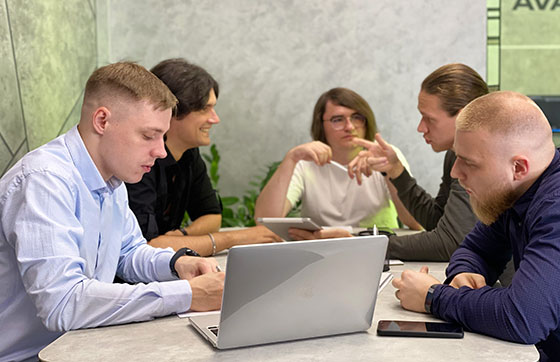
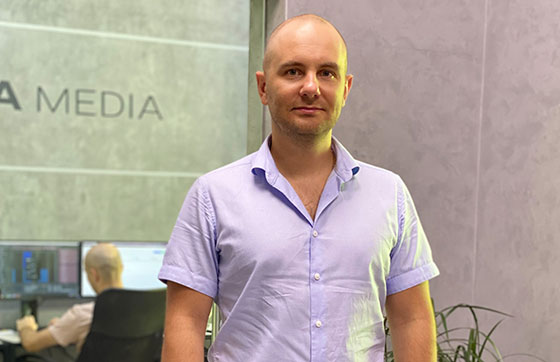
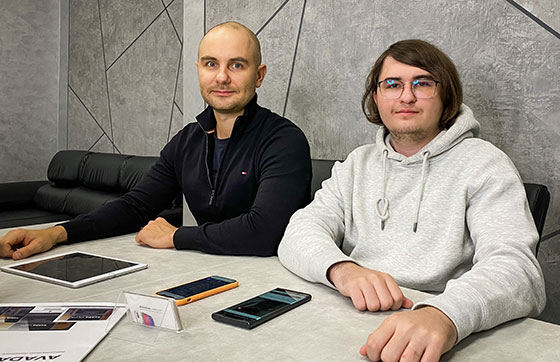
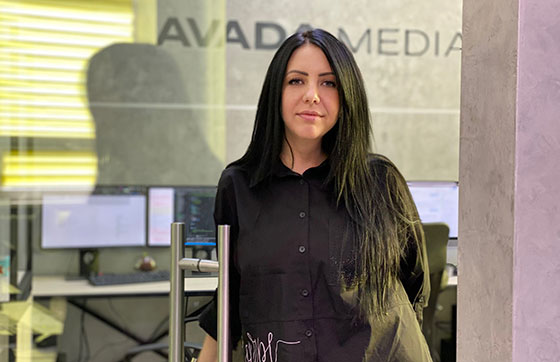
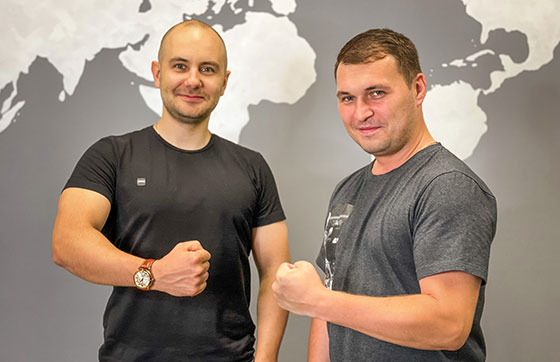





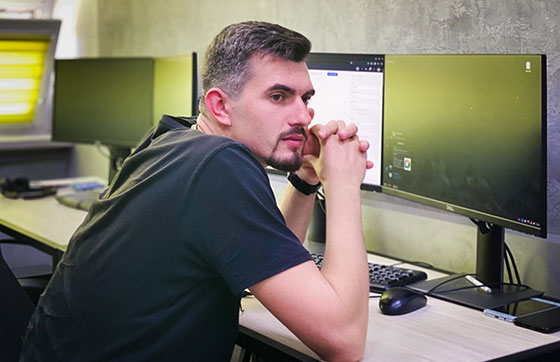

Contact the experts
Have a question?Contact the experts Have a question?
-
Phone:+ 38 (097) 036 29 32
-
E-mail:info@avada-media.com.ua

